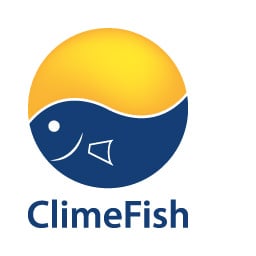C8 – Lake Garda
A small world simulating global challenges
The economic importance of fisheries
The lake Garda (lago di Garda) It is the largest Italian lake in terms of surface (370 km2), with a watershed of about 2300 km2. In general terms, it belongs to a temperate-continental climate area, but in some parts the action of water mass mitigates the climate conditions towards sub-mediterranean ones. Several freshwater species of fish are present in the lake, among them an important role for fishery is played by Coregonus lavaretus, also known as lavaret, common whitefish or European whitefish, commonly widespread from central and northwestern Europe to Siberia. The fishing activity is deeply rooted in populations living around the lake, even if the economic importance decreased during last decades. At present commercial fishermen are about 100, whereas anglers are estimated around 2000.

Why climate change matters in this area
It is an oligomictic lake characterized by mesotrophic conditions, but recently showing an increase of the trophic state. The mean surface temperature is 12°C (ranging from 6°C in Winter to 27°C in Summer), and 8°C at 100 m of depth. The lake hosts a rare endemic salmonid fish, Salmo carpio, also known as carpione, which population has been strongly declining, and is considered critically endangered (IUCN 3.1). The main threats are due to overfishing, pollution and possibly competition from introduced species. The increase of temperature is expected to produce changes in the water circulation, causing an increase in nutrients concentration in the hypolimnion (the deepest layer) and a decrease of productivity in the upper layer. All this could impact many species of fish, and the interaction among them.
How ClimeFish will tackle climate-related issues
Data analyses will be performed to assess and quantify how climate-induced changes affect fish populations dynamic. These data will be useful to better understand possible modification of the ecological processes and ecosystem functioning in the lake, and will be used to produce tools, useful to support decision makers in including climate related effects in the management plans.

